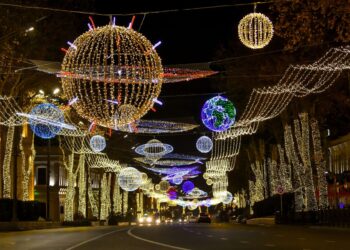Khevsureti has plenty to offer, of course, other than the fabled and fabulous aforementioned medieval city-fortress of Shatili. I woke up a bit early on the morning of our first full day there to clouds but no rain, and set off towards the old town to look for distance shots of it from the riverside. Then, after breakfast, our driver took us towards the necropolis of Anatori, our first stop.

Because our Georgian-German friends were seeing all of this for the first time, they marveled. For me it was about the fourth visit, so I took more video than photos, as I have accumulated quite a good store of the latter. Anatori was the final resting place of quite a few people who apparently went there by their free will to die of an infectious disease in the 18th century, and spare the village thus if possible. Their bones still litter the floors of the several low, dug-in stone houses, clearly visible. A macabre scene, and an open ossuary.
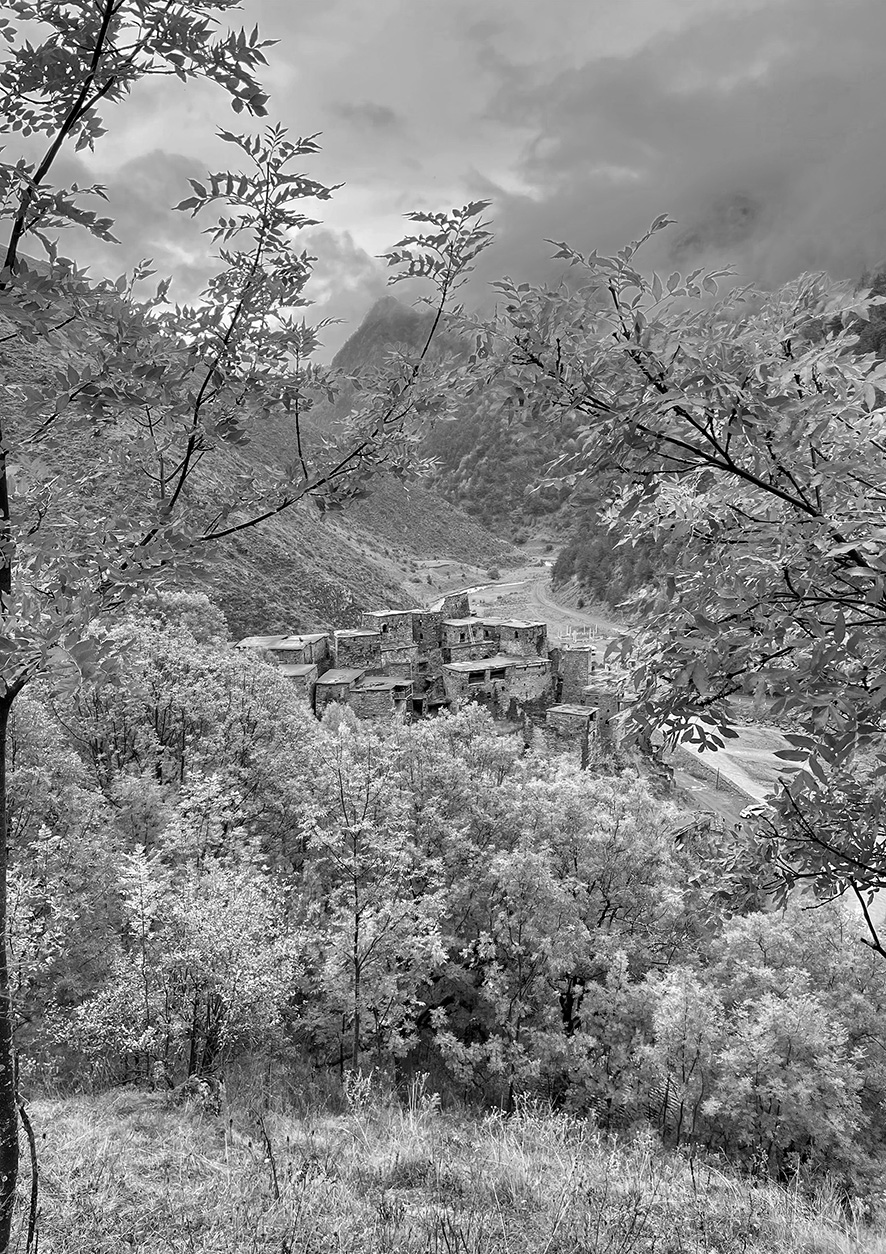
On to Mutso, another fortress-village like Shatili, only this one abandoned and quite a bit more arduous to reach, higher up off the main road. By now there was once more a drizzle, but we pressed on, ready for the weather and determined to see what we could. Again, our friends were astounded at the location and construction of the place, with hardly a horizontal patch of ground anywhere outside the stone-walled and -roofed houses, with their mostly wooden floors. This is very close to the border with Chechnya, just on the other side of the Russian North Caucasus, the Chechens long-term traditional enemies of the Khevsurs, with plenty of raids in both directions for cattle and sheep occurring over the centuries. This accounts for all the fortresses and towers in the area. More necropolis buildings reminded us that here, too, disease had been a threat several centuries ago.
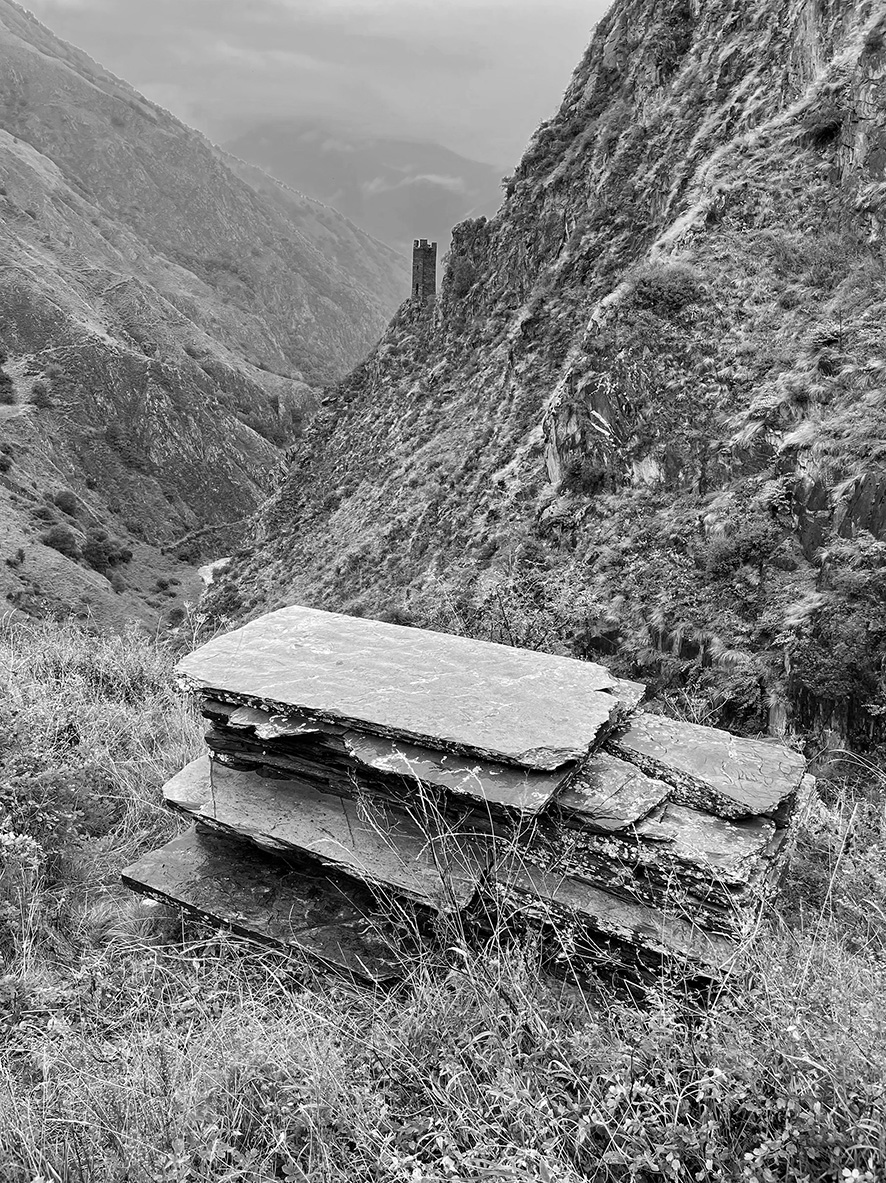

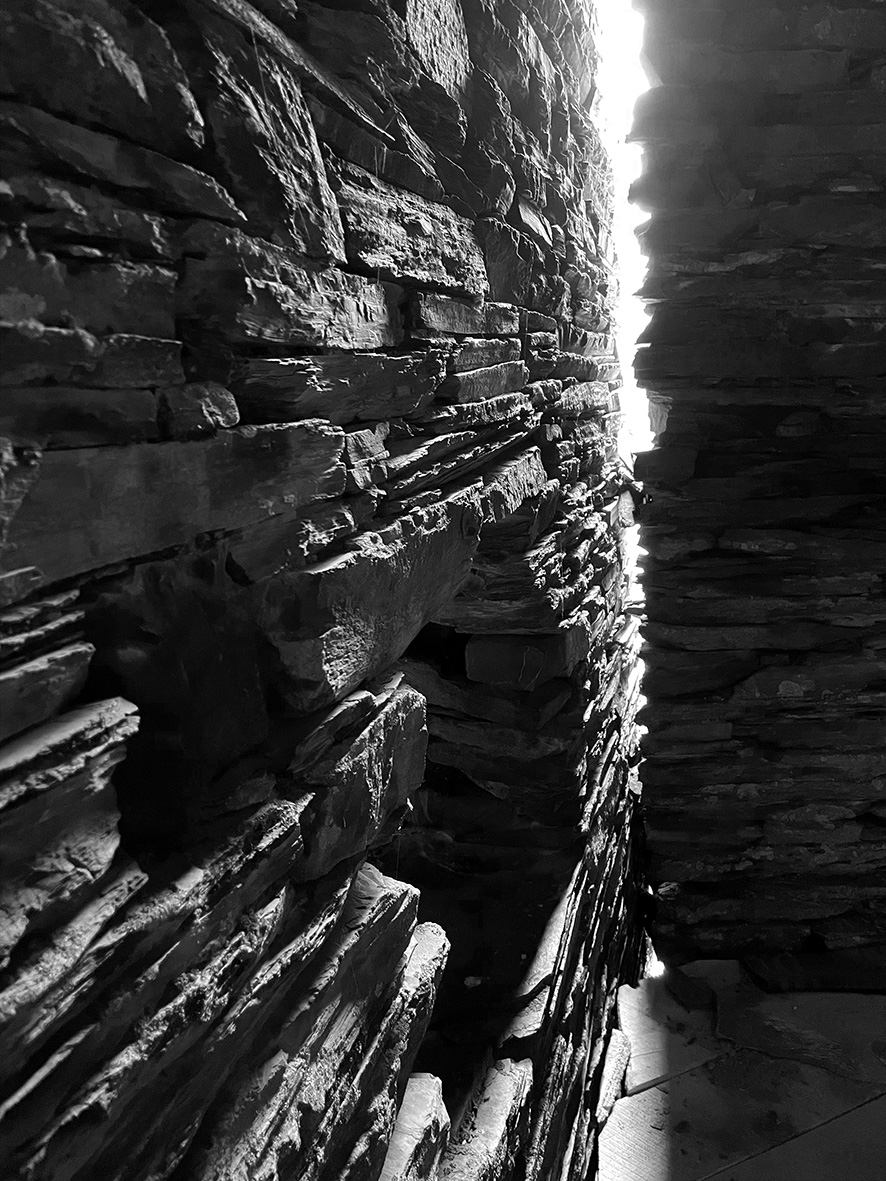
Once we had descended and stopped in a roadside cafe for coffee and to dry off, the rain began in earnest, and we counted ourselves fortunate to have missed its stronger pour while clambering about; others we had seen were not so lucky.
There are several really good longer hikes in this area, extending between it and neighboring Tusheti. But these are several-day affairs on foot or horseback, complete with river crossings and camping, for none of which we were equipped, our large heavy tent being suitable only for short lugs from car to campsite. If one has the time and equipment, though, the views will be spectacular. Bucket List…
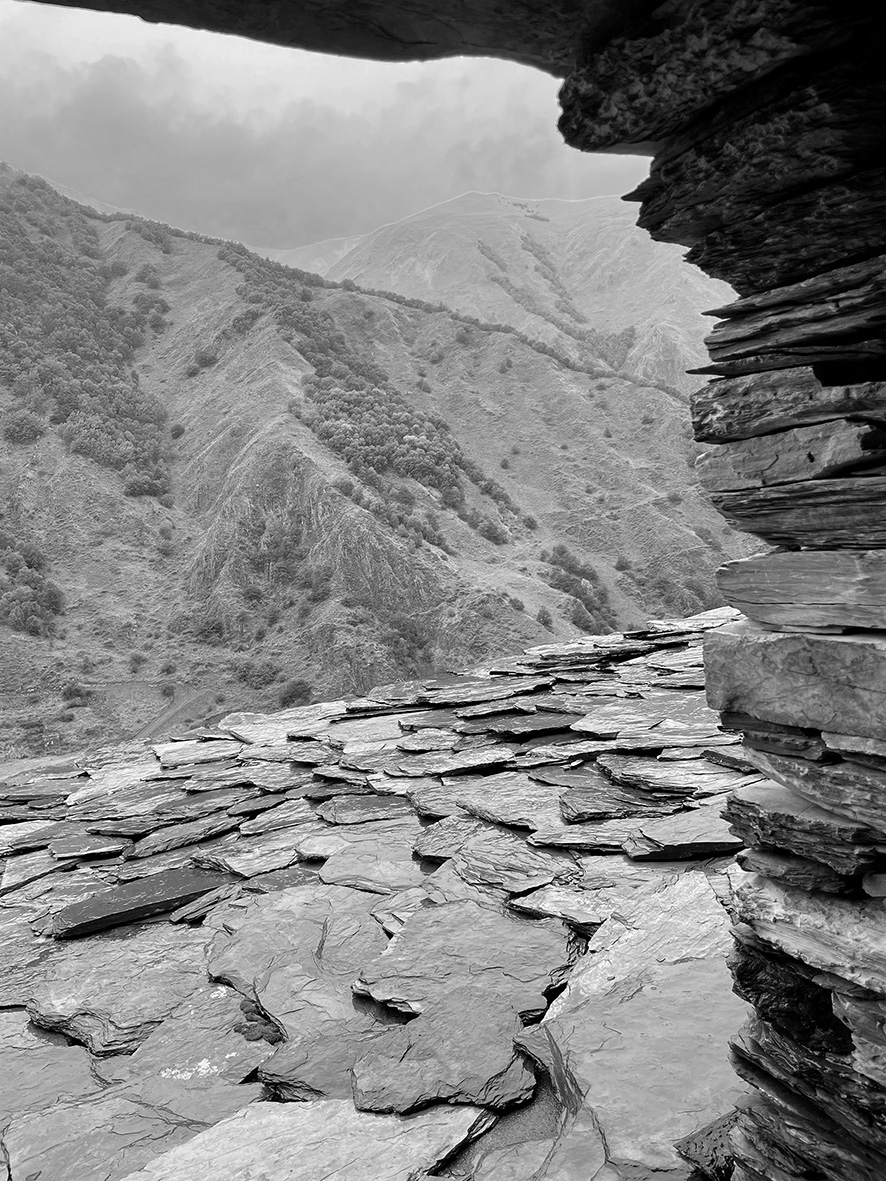
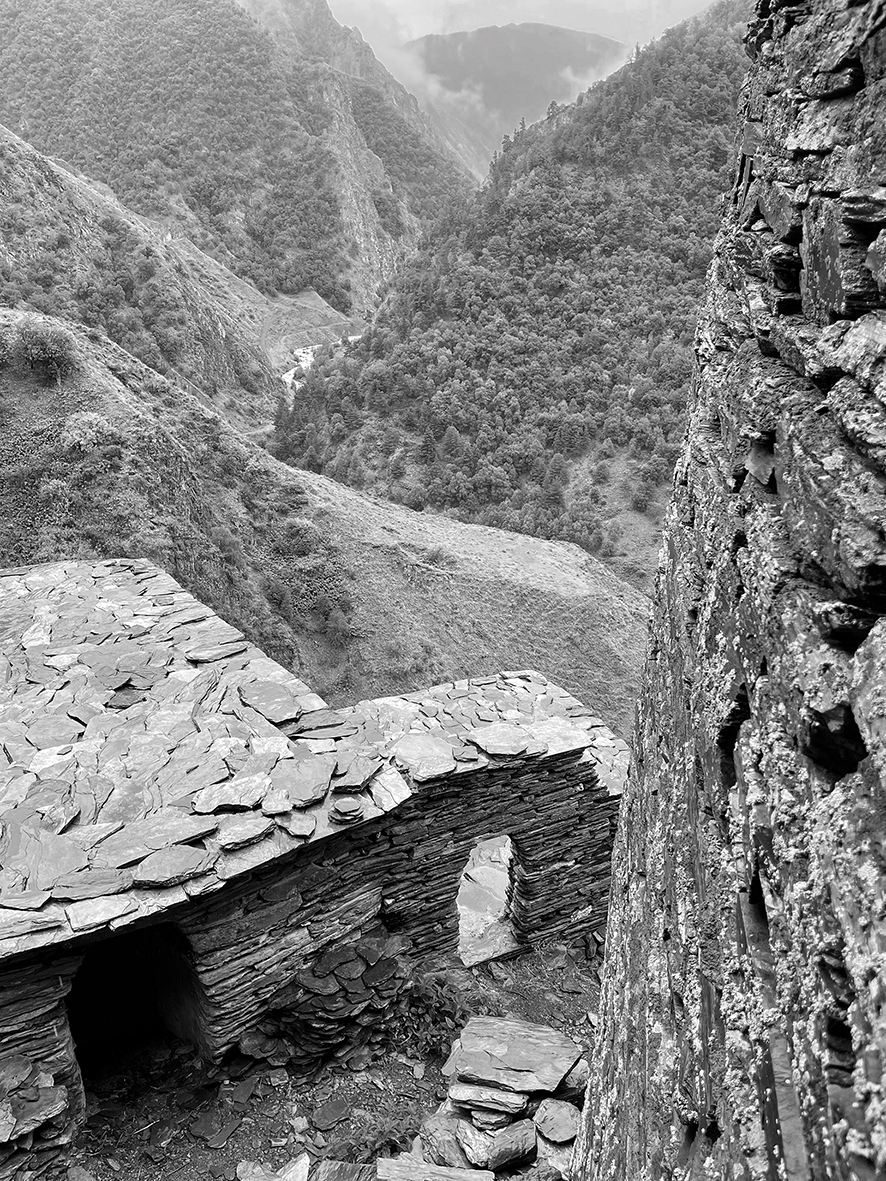
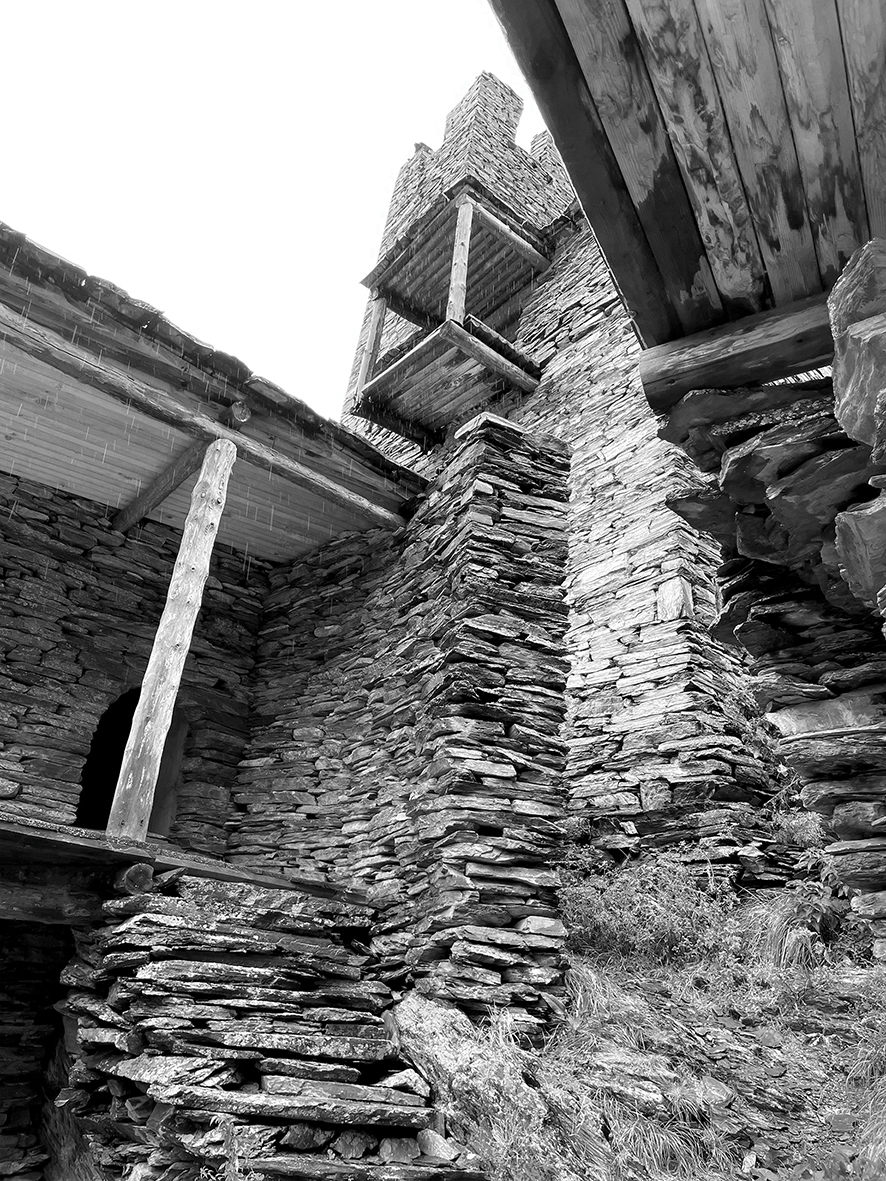
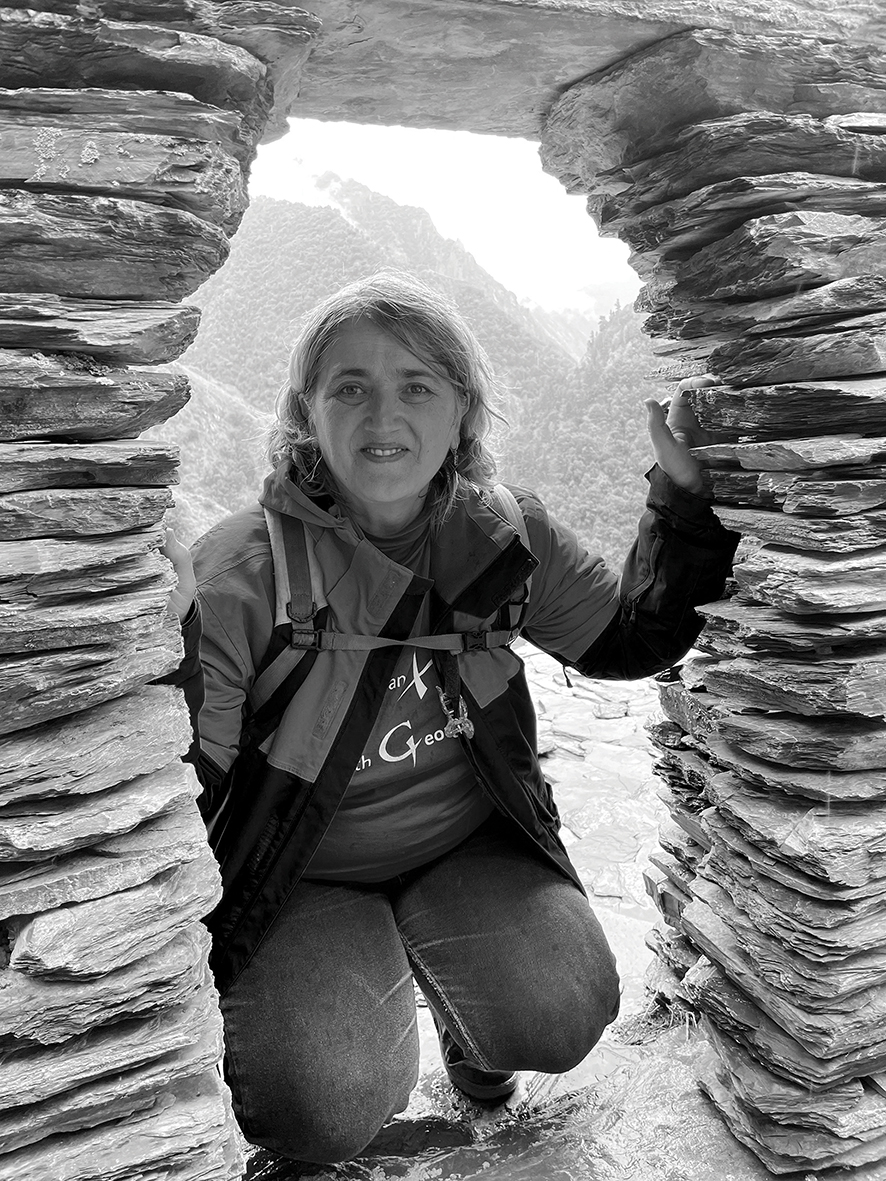
Now we had a decision: spend another night as planned, with the forecast not likely to improve much from rain, or pack up a wet tent and leave early? In the end, we decided to go, largely because of the weather. Most of our time would have to be spent outdoors, exploring on foot, and it’s not much fun in wet conditions. Nor was there sense staying in our tent or guest house room while the drizzle continued. Our driver would get his original pay; so it was all the same for him. We packed up and left, sufficiently impressed (especially the first-timers) to want a rematch in better weather.
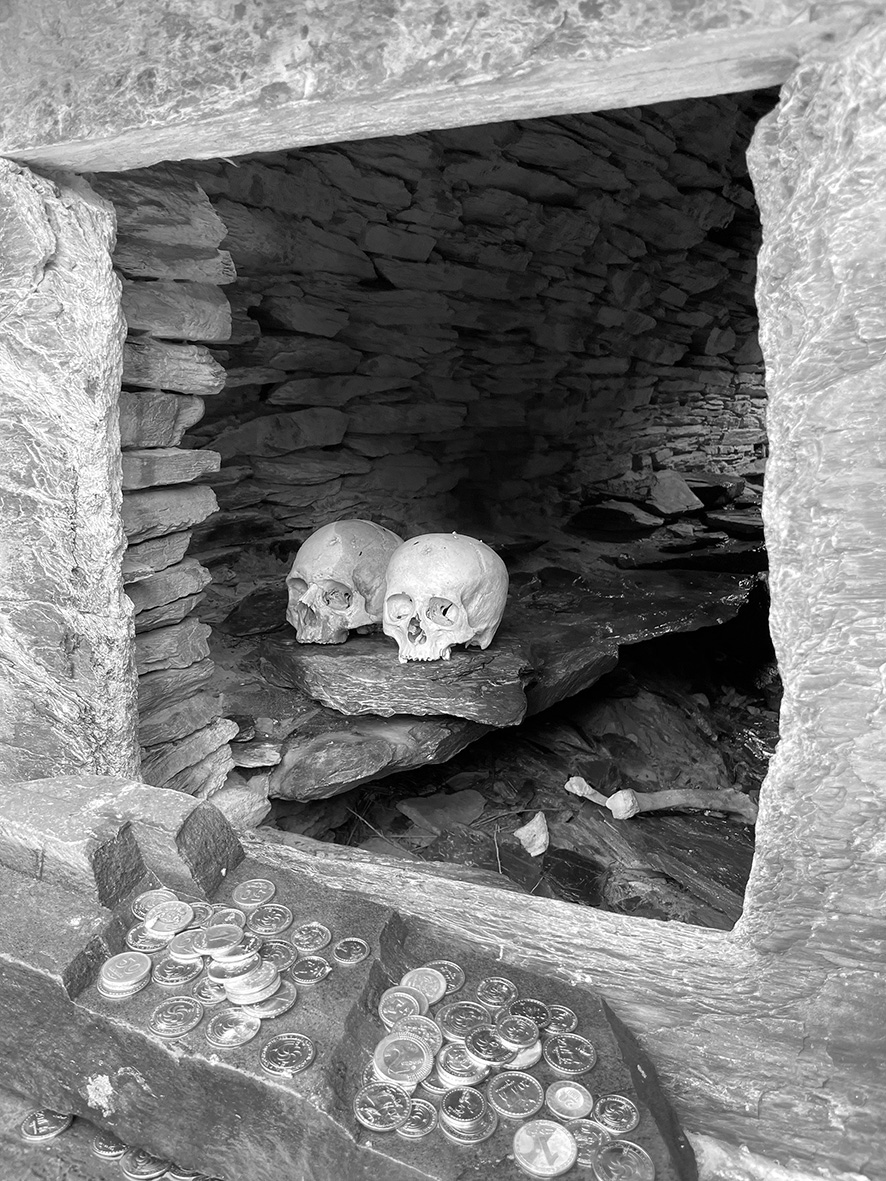
I spread the tent and flysheet over our apartment balcony to dry once we were home again, and several sunnier days accomplished this. We must also get a smaller tent, likely a three-person one for the two of us and gear, suitable for backpacking farther distances. I’m delighted that my wife has taken well to this lifestyle; it’s not for everyone, but she seems to love it, as long as there are minimal standards of comfort met, which we can do. We can either drive/be driven with the full kit including gas bottle for cooking, or hike with the stripped down version. And the rest of Georgia awaits our whim. Like Khevsureti, it will not disappoint.
Blog by Tony Hanmer
Tony Hanmer has lived in Georgia since 1999, in Svaneti since 2007, and been a weekly writer and photographer for GT since early 2011. He runs the “Svaneti Renaissance” Facebook group, now with over 2000 members, at www.facebook.com/groups/SvanetiRenaissance/
He and his wife also run their own guest house in Etseri: www.facebook.com/hanmer.house.svaneti




